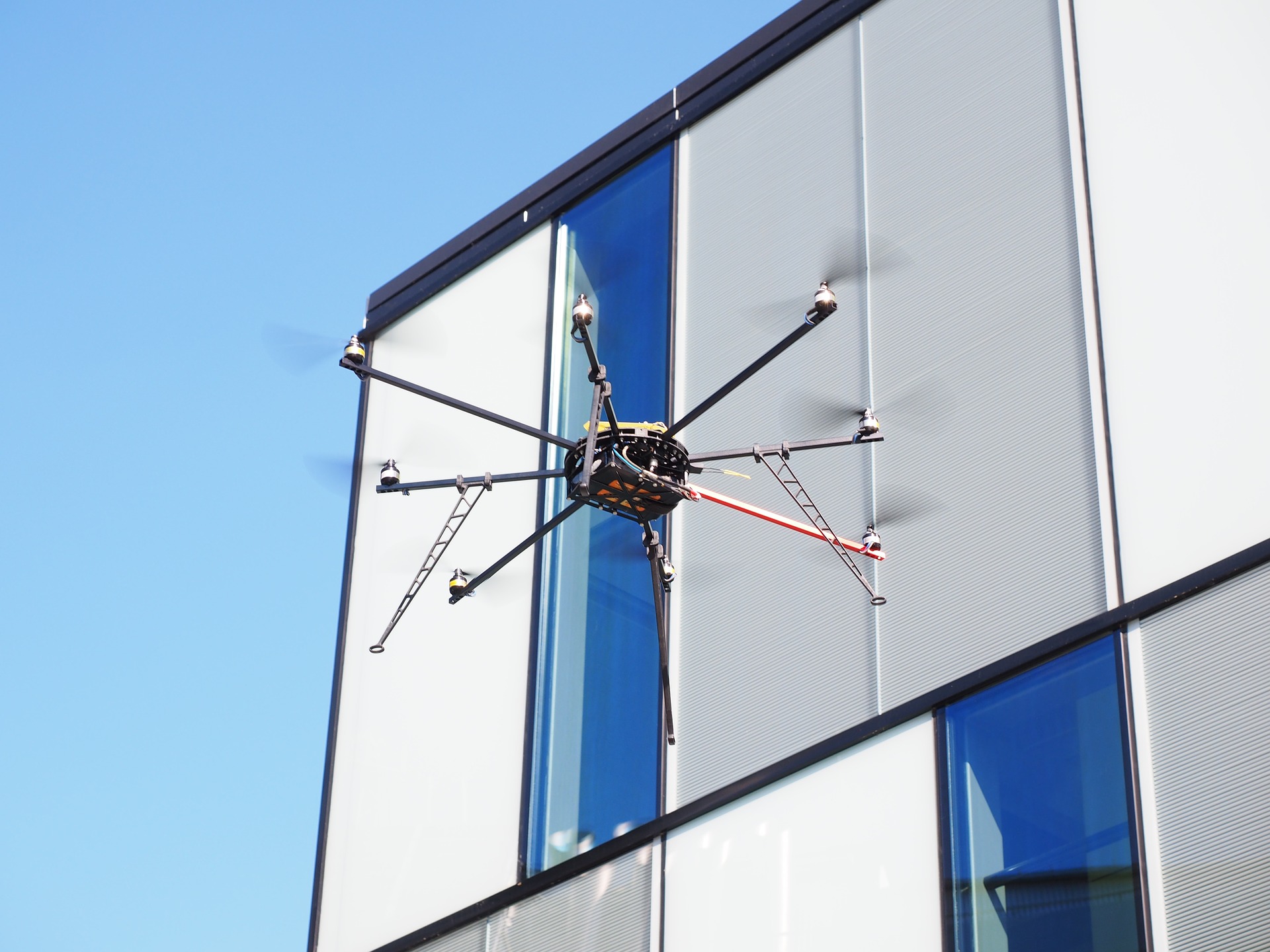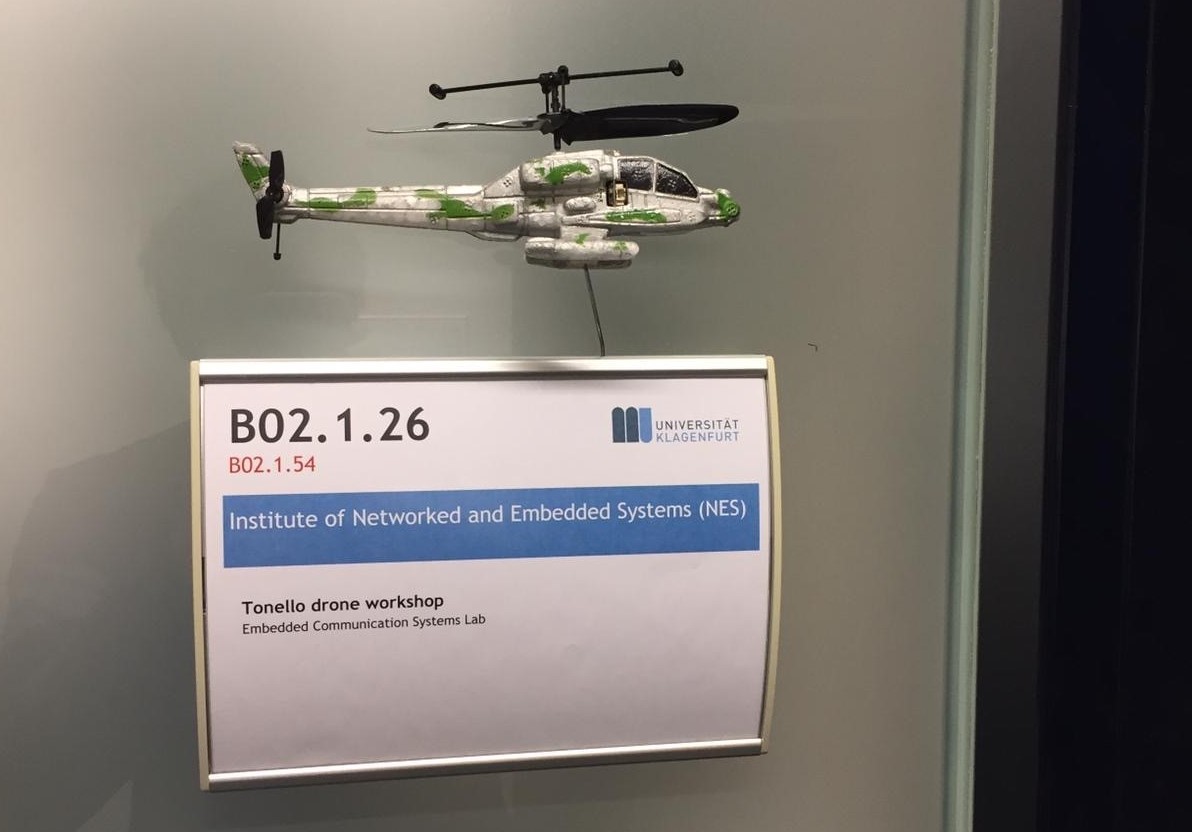Path planning is a fundamental component for the control of autonomous vehicles (AVs), e.g., for unmanned aerial vehicles (UAVs). There exist a plethora of path planning methodologies, each comprising the definition of certain objectives and constraints. Dynamics constraints are among the most challenging ones since the AVs can only act, move and follow trajectories that are physically feasible. We are working on this topic. We came up with a rigorous mathematical formulation of the problem and proposed the use of Lagrange polynomials with a recursive algorithm to obtain smooth paths [1]. Building on these results, we have then recently presented a control-based trajectory generation approach to find closed-form differential equations that satisfy any arbitrary dynamic limitation mapped into kinematic constraints [2]. Pontryagin’s Minimum Principle is applied to derive a set of differential equations in which the dynamic environment is considered in the constrained Hamiltonian function. In particular, the objective is the minimization of the L2-norm of the control input avoiding dynamic obstacles, given initial and final boundary conditions. Exploiting rational functions, the rational recursive smooth trajectory (RRST) algorithm is derived to generate an analytic expression that approximates the control inputs, for which no closed-form solution is in general attainable.
Further reading
- N. A. Letizia, B. Salamat, A.M. Tonello, “A Novel Recursive Smooth Trajectory Generation Method for Unmanned Vehicles,” IEEE Transactions on Robotics, January 2021.
download - B. Salamat, N. A. Letizia, A.M. Tonello, “Control Based Motion Planning Exploiting Calculus of Variations and Rational Functions: A Formal Approach,” IEEE Access, August 2021.
download








